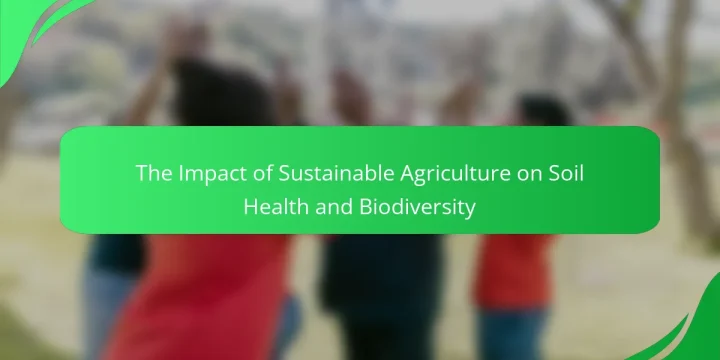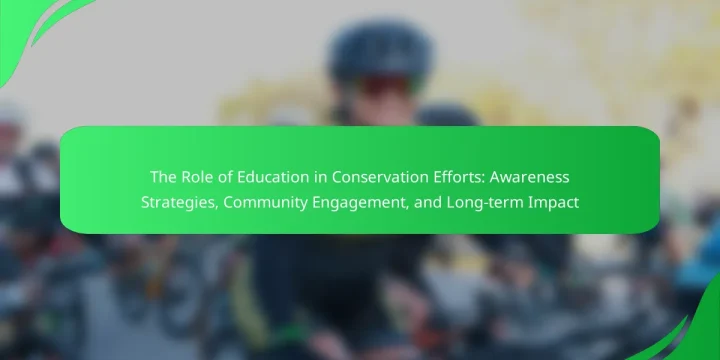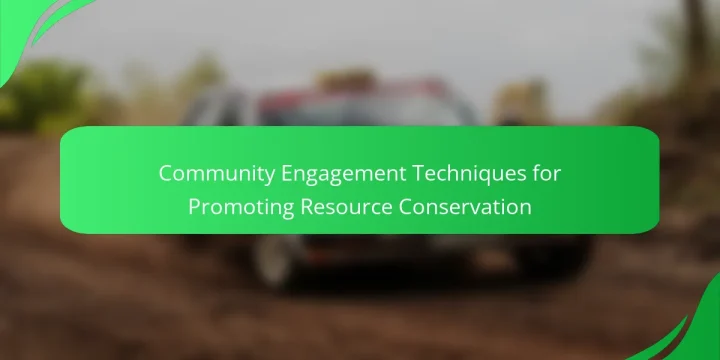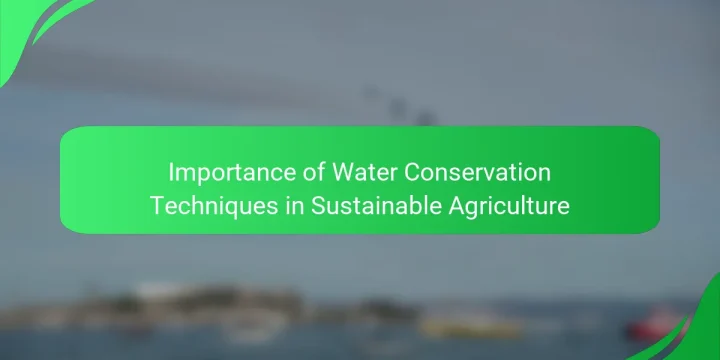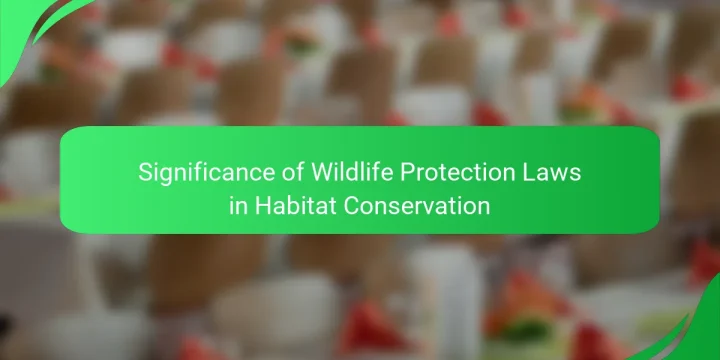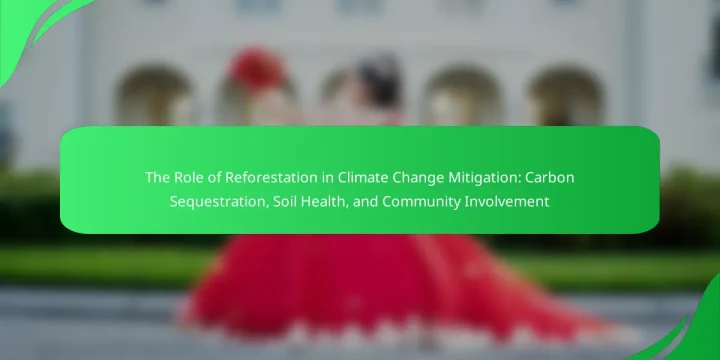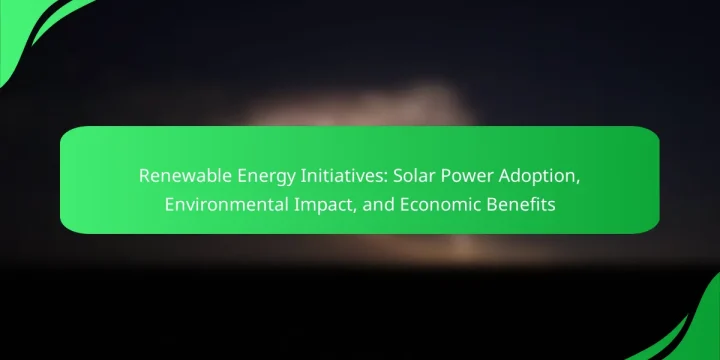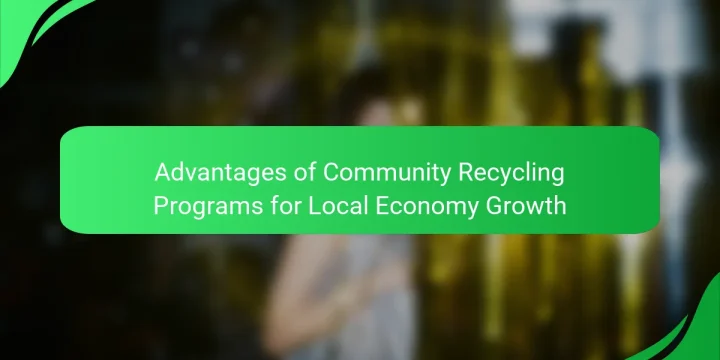
Green building practices are strategies designed to create environmentally responsible and resource-efficient structures. These practices encompass the use of sustainable materials, energy-efficient designs, and waste minimization, significantly reducing a building's environmental impact throughout its lifecycle. Research from the U.S. Green Building Council indicates that green buildings can lower energy usage by 30% to 50%, resulting in reduced utility costs and a smaller carbon footprint. However, challenges such as high initial costs, limited awareness among stakeholders, regulatory hurdles, and resistance to change hinder the widespread adoption of these practices. The article will explore how green building practices enhance resource efficiency while addressing the barriers to their implementation. What are Green Building Practices? Green building practices are strategies aimed at creating structures that are environmentally responsible and resource-efficient. These practices include using…

